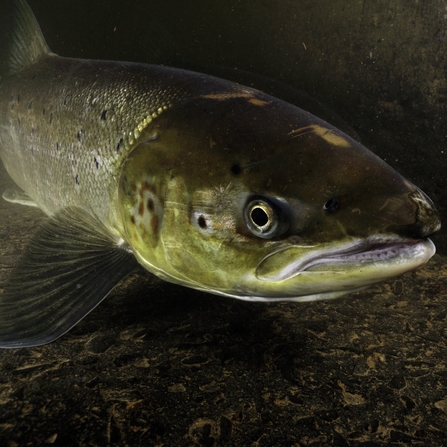We're in the peak of the salmon run when most adult Atlantic salmon return from the sea to spawn in the upper reaches of rivers and if you head to Worcestershire's Severn or Teme you may be lucky enough to watch the last leg of this journey. Having tried this before, I've discovered that patience comes in very handy but if you think about the extraordinary life of these fish, you’ll realise that catching sight of a leaping salmon is worth waiting for.
The fish that are currently swimming (or 'running') up the Severn were born here two to five years ago. Many headed out to sea just last year and they’ve been feeding voraciously on sand eels and herring ever since. Most salmon return in autumn to the river in which they were born – they head upstream until the female finds a suitable fast-flowing, clean section of river with a gravelly bed. She uses her tail to create a depression and then lays her eggs; the accompanying male fertilises them and they cover up the eggs. The vast majority of salmon then die but a few females will head back to sea and return again to spawn next year.
As with most things, it’s not quite that simple. For us, it’s about names. For salmon, it’s about access.


